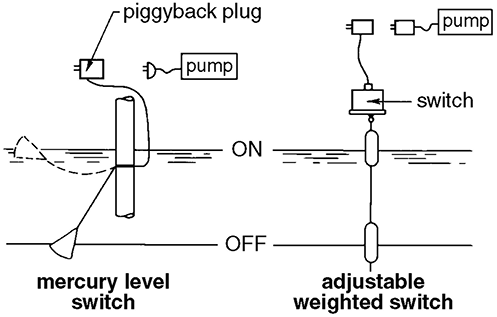Epa Design Manual Odor Corrosion Control Consultants


Epa Design Manual Odor Corrosion Control Inc. The Gateway to Up-To-Date Information on Integrated 'Whole Building' Design Techniques and Technologies. Audits and Consulting: At Environmental Leverage ® Inc., we have a team of experienced individuals who come into your plant with a fresh pair of eyes. Epa Design Manual Odor Corrosion Control. Food Packaging - - Roles, Materials, and Environmental Issues. Epa Design Manual Odor Corrosion Control Consultants.
A synergistic composition is provided for controlling odor from waste products. The composition comprises a combination of nitrate salt, sulfide-consuming compound, pH-elevating compound, sulfide-oxidizing, nitrate-reducing bacteria, and sulfide-oxidizing enzyme. The method includes adding a sufficient amount of the composition to a waste stream to provide sufficient sulfide-consuming compound to effect immediate removal of sulfide. The composition incorporates a pH elevating compound, which both decreases the amount of gaseous H 2S and puts the aqueous phase into a pH range where naturally occurring bacteria can more easily metabolize the sulfide. The composition also includes one or more nitrate salts which will accomplish longer term prevention of odors.
Specific bacteria are incorporated into the formulation to insure that the nitrate has the right type and amount of bacteria present to prevent formation of and/or consume sulfide. Specific enzymes are incorporated into the formulation to promote oxidation of sulfide. RELATED APPLICATION This application is a continuation of U.S. Patent application Ser. 10/991,054 filed Nov.
17, 2004, now U.S. 7,285,217, which claims the benefit of U.S. Provisional Application No. 60/526,440 filed Dec.
2, 2003 both of these related applications are incorporated herein by reference. FIELD OF THE INVENTION The present invention relates to a method and composition for controlling odors emanating from organic waste produced by metabolic processes, including human and animal waste, as well as industrial wastes, effluents, sewage, and the like. Download Lagu Judika Aku Merindukanmu Setengah Mati Merindu. BACKGROUND OF THE INVENTION The biogenic production of volatile compounds which cause objectionable odors is one of the problems associated with the collection and treatment of various waste materials. Domestic sewage is the largest source of such odorous compounds. Marilyn Manson Long Hard Road Out Of Hell Ebooking. Family Tree Maker 2012 Setup Keygen Torrent. Various reduced sulfur-containing compounds are common, with hydrogen sulfide being the most objectionable odor-causing compound in such wastes. Because of the magnitude of domestic sewage that is collected and treated and the prominence of the associated odorous sulfidic compounds, the present invention is particularly directed, but not limited to the control of hydrogen sulfide and other sulfide odors in municipal or industrial waste. As used herein, the term “sulfidic compounds” also includes hydrogen sulfide (H 2S), mercaptans (RSH), and other related odoriferous sulfidic compounds.
The mixed biological population common to municipal or industrial waste utilizes the compounds found in the waste as a source of nutrient. In this process, oxygen is the preferred terminal electron acceptor, and the nutrient, commonly an organic compound, is oxidized. In highly nutrient loaded systems such as municipal sewage, bacterial action can result in a rapid consumption of oxygen in the water. In the absence of oxygen, bacteria require an alternate terminal electron acceptor. In general, bacteria will utilize the terminal electron acceptor that provides them with the greatest amount of energy.
Thus, there is a preferred selection order of a terminal electron acceptor by bacteria. This order is shown below. O 2>NO 3 −>Fe>SO 4 −2>CO 3 −2 As nitrate is not typically found in natural waters, the sulfate ion (SO 4 −2) is generally the preferred alternate. In the absence of oxygen, unless nitrate is added supplementally, those bacteria which can utilize sulfate as a terminal electron acceptor in their respiration process will predominate. The most well-characterized bacteria of this type is Desulfovibrio desulfuricans, and is most commonly referred to as sulfate-reducing bacteria, SRB. SRB are known to metabolize sulfate ion with organic matter to form H 2S as shown in the following equation. SO 4 −2+organic matter+SRB→H 2S+CO 2+H 2O H 2S, responsible for the characteristic odor from rotten eggs, is toxic in low concentrations.